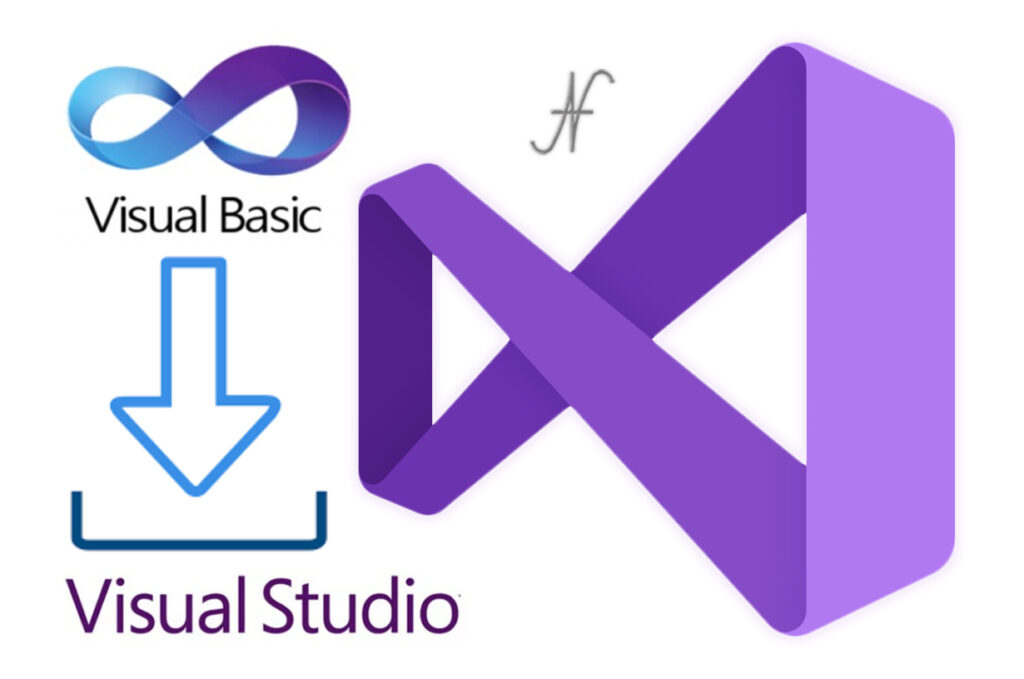
Free eBooks for Beginners
When working with Visual Basic .NET, one of the most common ways to create a user interface is by using Windows Forms. Windows Forms are a type of graphical user interface (GUI) that allows you to create a variety of different types of windows and dialogs. These can include things like buttons, text boxes, labels, and more.
When you create a new project in Visual Basic .NET, you’ll typically start by creating a new Windows Form. This form will be the main window of your program, and it will be the first thing that the user sees when they run your program.
Once you’ve created your Windows Form, you can start adding controls to it. Controls are the various elements that make up a user interface, such as buttons, text boxes, and labels. There are many different types of controls available in Visual Basic .NET, and you can use them to create a wide variety of different user interfaces.
One of the key benefits of working with Windows Forms in Visual Basic .NET is that it allows you to create a user interface that is both easy to use and visually appealing. The controls that are available in Visual Basic .NET are designed to be easy to use, and they can be customized to match the look and feel of your program.
Another benefit of working with Windows Forms in Visual Basic .NET is that it allows you to create a user interface that is highly responsive. Windows Forms are designed to respond to user input quickly and smoothly, which makes them well-suited for programs that need to respond to user input in real-time.
When working with Windows Forms in Visual Basic .NET, it’s also important to understand how to handle events. Events are actions that occur in response to user input, such as a button being clicked. When an event occurs, your program can respond by performing a specific action, such as displaying a message or updating the contents of a text box.
Additionally, it’s also important to understand how to use layout controls to arrange the controls on the form. This will help you to create an interface that is easy to navigate and understand. There are several layout controls available in Visual Basic .NET, such as the FlowLayoutPanel, TableLayoutPanel and the SplitContainer.
In conclusion, Windows Forms are a powerful tool in Visual Basic .NET for creating user interfaces. They allow you to create a wide variety of different types of windows and dialogs, and they are designed to be both easy to use and visually appealing. Visual Basic .NET provides a wide range of controls and events that can be used to create a responsive user interface, and it also allows you to use layout controls to arrange the controls on the form. Understanding how to work with Windows Forms is an important part of becoming proficient in Visual Basic .NET, and it is a great way to create user-friendly and visually appealing programs.
Cookbook – VisualBasic.NET for Beginners – Chapter 38 : Working with Windows Forms
 Loading...
Loading...
Disclaimer: The information and code presented within this recipe/tutorial is only for educational and coaching purposes for beginners and developers. Anyone can practice and apply the recipe/tutorial presented here, but the reader is taking full responsibility for his/her actions. The author (content curator) of this recipe (code / program) has made every effort to ensure the accuracy of the information was correct at time of publication. The author (content curator) does not assume and hereby disclaims any liability to any party for any loss, damage, or disruption caused by errors or omissions, whether such errors or omissions result from accident, negligence, or any other cause. The information presented here could also be found in public knowledge domains.
Learn by Coding: v-Tutorials on Applied Machine Learning and Data Science for Beginners